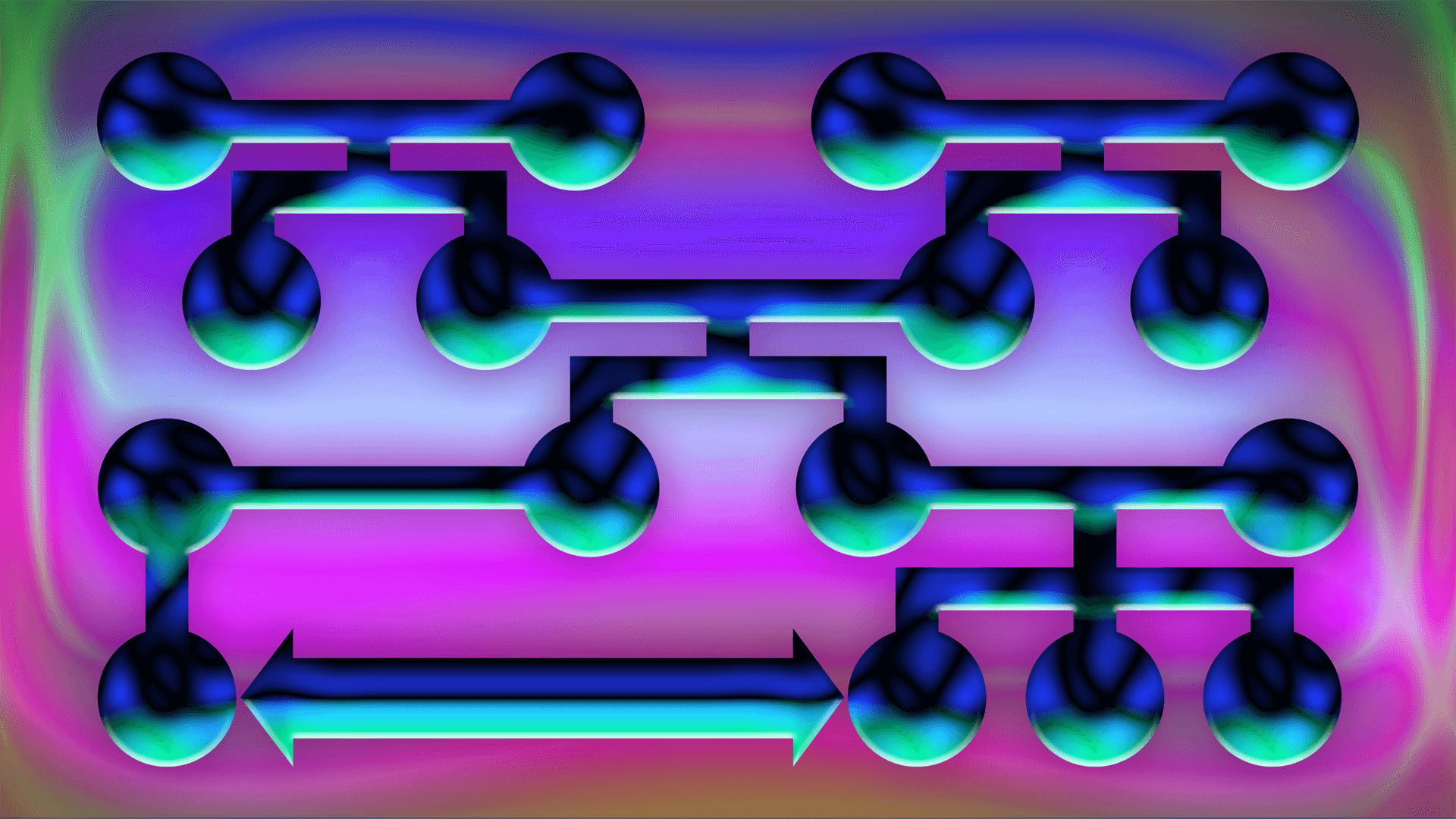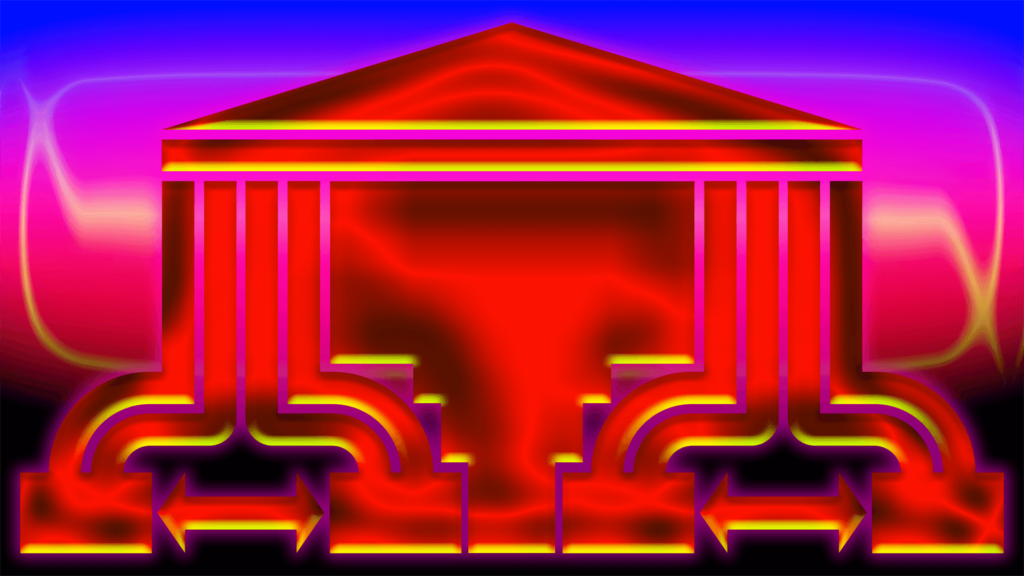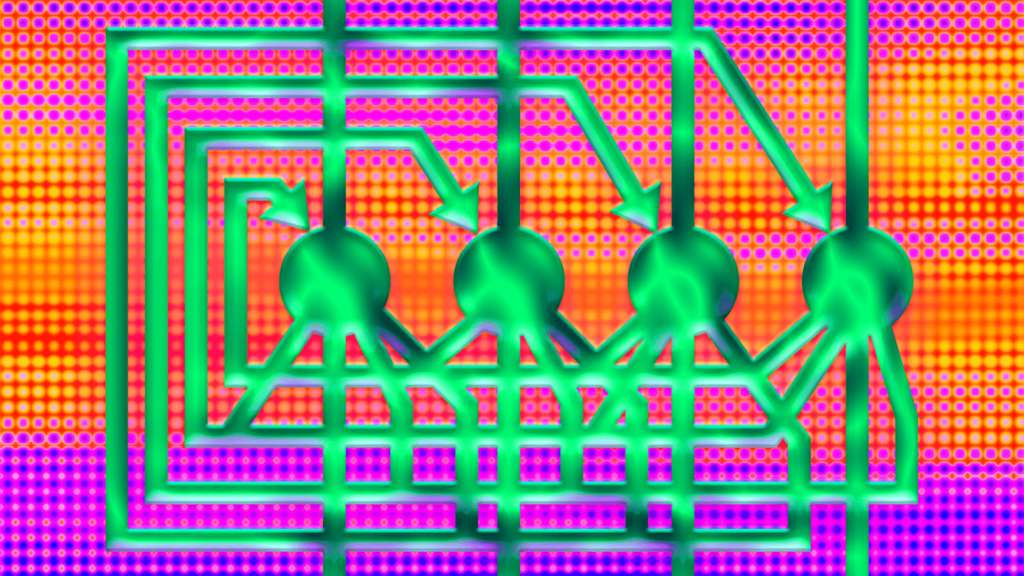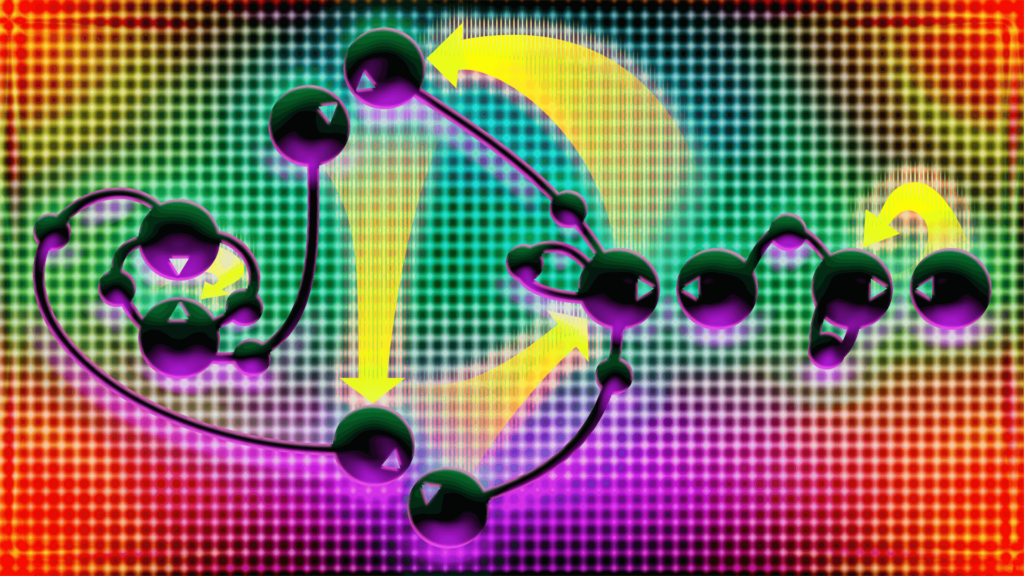Hot Topics
Criticism, commentary and conversations on Outland reflect some of the debates that dominated the world of NFTs in 2022


No artist had ever curated Documenta when Ruangrupa was named artistic director of the fifteenth edition of the art world’s most influential recurring event. The Indonesian collective’s appointment heralded big changes, but at the time of the announcement it was hard to imagine just how big those changes would be. Ruangrupa invited other collectives of artists and activists, mostly from the Global South, to share the responsibilities of decision-making and resource distribution, and those collectives invited others in turn, resulting in an exhibition of countless participants, some of them unknown even to Ruangrupa. The media response was unexpectedly virulent: critics called for the end of Documenta, or ominously predicted that its reputation would be irreparably tarnished by this experimental decentralization of curatorial authority.
Documenta 15 and its fallout show that the systems of art are ripe for reinvention.
These reactions may have been symptomatic of a larger crisis. For at least twenty years, we’ve been hearing complaints of fatigue with the format of the perennial exhibition that Documenta helped institutionalize, and biennials have been in disarray since a spate of Covid-related cancellations in 2020 and 2021. The principles of care and social engagement at the heart of Ruangrupa’s vision have been a sticking point in art world culture wars, as institutions speak the language of social justice even though their labor practices and funding models don’t match their words. In any event, Documenta 15 and its fallout show that the systems of art are ripe for reinvention. While Ruangrupa’s methods of decentralization are unwelcome among cultural conservatives, they can produce exciting experiences for audiences—and they are aligned with the methods being developed and implemented by cultural DAOs.

The debates over the merits of biennials—which we’re using here, as many do, as shorthand for recurring exhibitions of varying frequency—are familiar ground, but it may be helpful to quickly revisit them here. Proponents of biennials say that they destabilize the dominance of Western Europe and the United States within the history of art by putting those traditions in dialogue with local ones in biennial host cities, from Sharjah to Singapore to Dakar. Biennials democratize the art world simply by bringing it to cities with fledgling institutional networks. Biennials privilege artistic forms, like installation, that have broad appeal—that don’t rely on expertise for appreciation—and they create opportunities for socially engaged, participatory works. Critics of the biennial say that the “festivalism” inherent to such projects means ceding art’s territory to the leisure industry, which plays into the agenda of municipal governments that support biennials to bolster tourism and creative economies. In some places, these state authorities impose limits on acceptable topics and censor works. Biennials create a star system of curators who parachute into cities around the world and do studio visits with a small number of artists pre-selected by local gatekeepers. This creates a globalized homogeneity rather than a true plurality, shifting some of the orientation points of the international art market without substantially transforming it.
Biennials: The Exhibitions We Love to Hate (2021) by Rafal Niemojewski is essential reading for its compact summation of both sides of this argument, as well as its case studies, which usefully push back on the idea of homogenization by showing how these events unfold very differently in various geographical, economic, and cultural contexts. However, it’s hard to argue with the fact that the culture of biennials is in the control of centralized authorities, and that it most benefits artists and curators who are able to oscillate nimbly between the art market’s centers and peripheries. These are aspects of the international art world that Ruangrupa so boldly intervened against. They announced their principles by redirecting the use of the most prominent exhibition space, the Museum Fridericianum on Kassel’s central square, toward care, rest, and play rather than the display of art. They invited collectives who had not previously traveled along the elite art world’s lines of flight, remaining committed to their local communities. Their choices spoke to an internally consistent philosophy that could be taken up by like-minded co-conspirators, who carried them out on their own terms.

Similar approaches are being adopted by Refraction and other art and culture DAOs. Refraction’s roots are in the electronic music festival, not the art world, and that’s the primary event format it aims to develop, though it has expanded along the paths of concert visuals and veejaying into exhibitions of digital art. Refraction’s events—which were held last year in Miami, Tokyo, Kampala, Berlin, Denver, and elsewhere—span from gallery shows to raves. The DAO’s mission is not to define and implement a particular aesthetic agenda or adhere to a consistent format, but rather to foster a network of nodes that members can act upon to independently realize their own creative vision. Curation, as Refraction describes it in internal documents, draws on the conventions established in the art world, but has become the territory of agile polymaths. A curator inhabits many roles, from artist to producer to activist. A curator manages the connections across which cultural forms are built. A curator is like software, generating new experiences and ideas while running through networks.
A curator manages the connections across which cultural forms are built.
Refractions encourages its members to take ownership of the spaces it makes available, and realizes this through a program of Creative Grants. In the last round, more than 100,000 USD was distributed to successful applicants, who are carrying out projects around the world—and in the metaverse—that focus on diverse goals such as environmental sustainability, developing new exhibition models, and creating opportunities for international collaboration. Like Ruangrupa, Refraction operates in the spirit of mutual aid and resource redistribution—an orientation shared with other cultural DAOs, like the Berlin-based Black Swan, which developed decentralized governance as a new model for arts funding, and Friends with Benefits, a web3 social club that supports members’ initiatives to host various kinds of gatherings in cities around the world. Such systems of distributed agency mean that DAOs can do the kind of work that biennials have been celebrated for—expanding access to culture, creating room for creative participation and social engagement, establishing new global connections—while giving real autonomy to local curators who understand the interests and needs of their communities, rather than concentrating power in the hands of elites, whether those be civic authorities or peripatetic curators. Through a collaboration with Outland as guest editor, Refraction is exploring these ideas in a series of conversations and essays, considering how models of decentralized curation draw on historic examples of artistic communities and collectives, while adapting to the possibilities of web3. Decentralization may not be compatible with the values of the art world as it exists now, but it’s a powerful framework in which to build a new one.
All artwork in this article by Eric Chen
Malcolm Levy is a co-founder of Refraction DAO. Brian Droitcour is Outland’s editor-in-chief.
